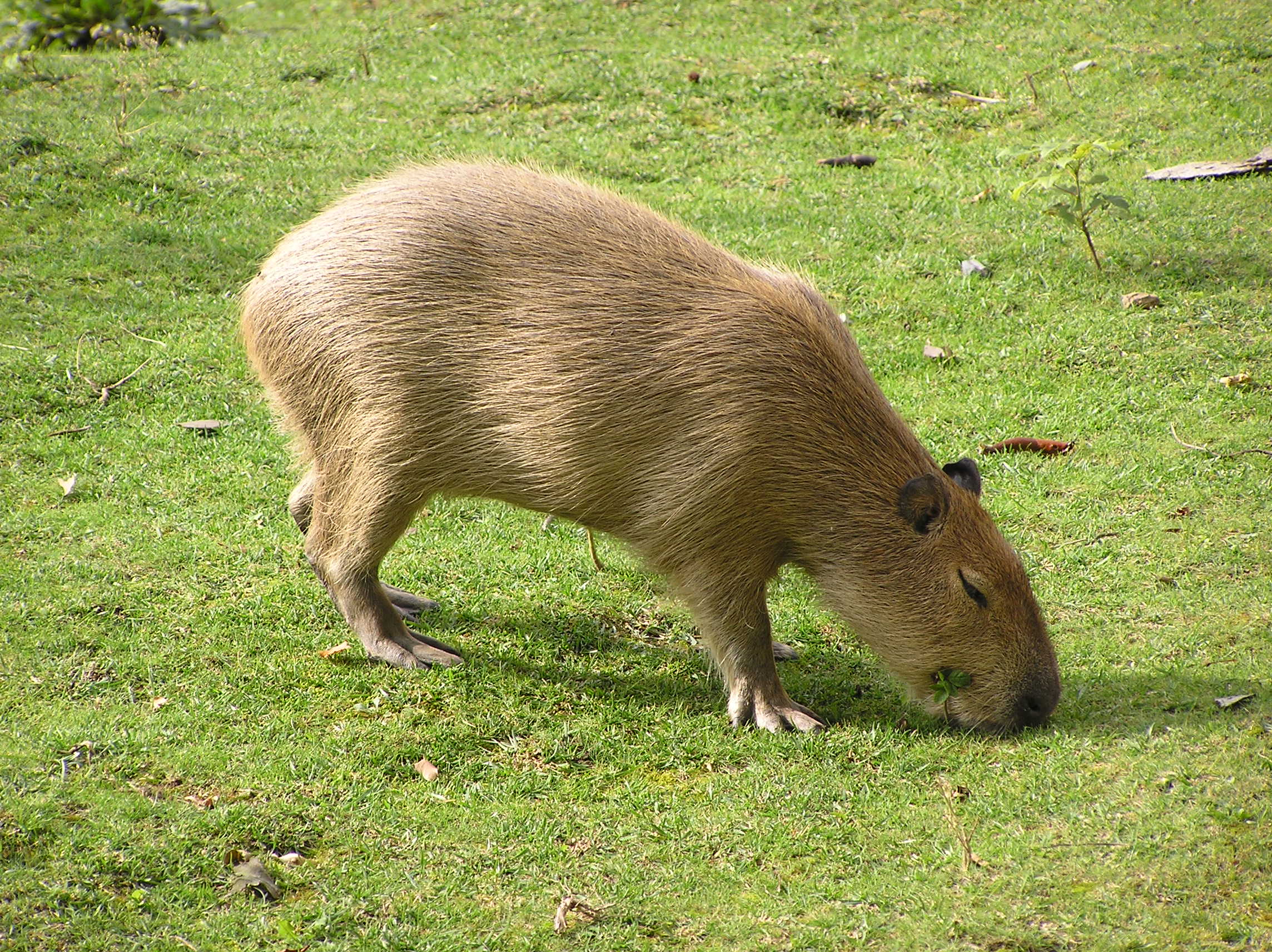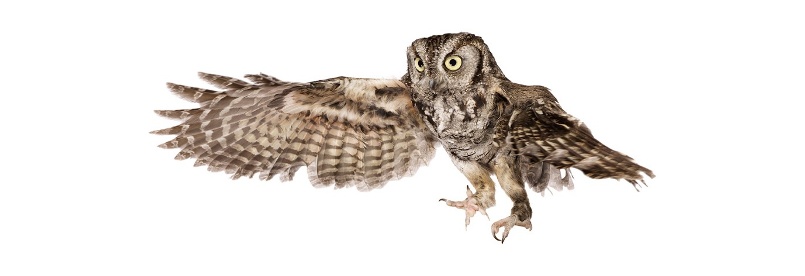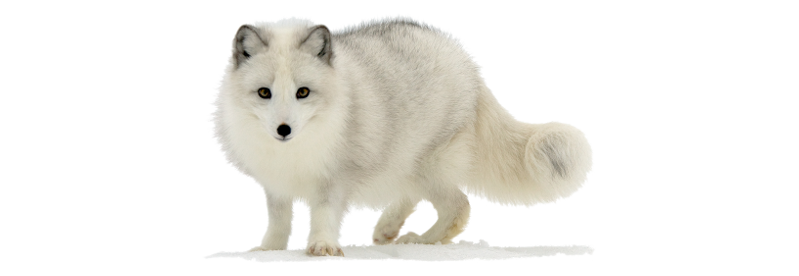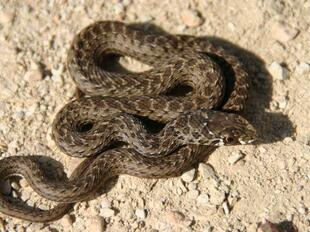
Capybara(Hydrochaeris hydrochaeris)
Phylum —chordata
Class — mammalia
Order — rodentia
Family — caviidae
Genus – dolichotis
Appearance
The capybara has a heavy, barrel-shaped body and short head, with reddish-brown fur on the upper part of its body that turns yellowish-brown underneath. Capybaras have slightly webbed feet and vestigial tails. Their hind legs are slightly longer than their forelegs; they have three toes on their rear feet and four toes on their front feet. Their muzzles are blunt, with nostrils, and the eyes and ears are near the top of their heads.
Adult capybaras grow to 106 to 134 cm (3.48 to 4.40 ft) in length, stand 50 to 62 cm (20 to 24 in) tall at the withers, and typically weigh 35 to 66 kg (77 to 146 lb). Females are slightly heavier than males.
Habitat
The range of capybara covers a huge area, extending over much of South America to the east of the Andes, from Colombia and Venezuela southwards to northern Argentina.
Behavior
Capybaras are social animals, forming family units of 10-30 animals, although group size often depends on environment. Thus, during the dry season, when the animals gather at dwindling pools, temporary concentrations of up to 100 individuals can be observed. A typical family group of capybaras consists of one dominant male, one or more subordinate males, one or more related females as well as offspring of different ages. Meanwhile, males tend to be more solitary. Adult individuals of the group participate in defending their territory against outsiders, scent marking their range with secretions from their scent glands. Being crepuscular, capybaras spend the daytime hours resting, being active in the morning and evening. Where capybaras face persecution by humans, they usually tend to be nocturnal. When threatened, these animals are known to flee, either running over land or diving into water.
Diet
Capybaras are herbivores. As grazers, these rodents primarily consume grasses and aquatic plants, complementing their diet with bark and fruits. Being coprophagous, they are re-ingest the previous day’s food.
Reproduction
These animals have polygynous to polygynandrous (promiscuous) mating system, where individuals of both sexes can mate with multiple mates. Dominant males often limit access of other males to females. Both males and females can choose mates. Mating occurs in water. If a female doesn't want to mate with the male, she can dive or come out of the water. Capybaras breed throughout the year with peak period, occurring from May to June, which coincides with the early rainy season. Gestation period lasts for 150 days, yielding a litter of 2-8 babies. Offspring of this species are born precocial. After a short while, the babies are able to stand and walk. Within first week of their life, they begin grazing. The mother and other related females of the group suckle the young until weaning, which occurs at 3 months old. After that, young remain in the group of their parents until 1-year-old, becoming mature by 12-18 months old.
Capybaras live about 6 years on average in the wild and up to 12 years in captivity.
Incaptivity
Since capybaras should not be kept solitary, you will need to make sure you have plenty of space for your rodent family. You will need a large fenced-in area, roughly 12 feet by 20 feet per pair, as well as a safe enclosure indoors or covered at night. The outside fence should be at least 4 feet high. Make sure that there are no gaps that your pet can squeeze through. Provide a pen that will allow your capybaras to move around freely with a pool of water that allows for swimming and wading (over 3 feet deep). The pool and a shaded area should be accessible at all times.
Scatter items that are safe for your capybara to chew on, such as untreated wood or large dog toys that can be picked up or floated in the water.
Capybaras need daily exposure to the ultraviolet rays of the sun. They can handle a vast gradient in temperatures from 45 degrees Fahrenheit up to 100; however, they require a warmer area to retreat to on cold days and a watering hole for cooling off when it is sweltering. If the seasonal temperatures get too cold where you live, and they must retreat indoors for the season, make sure you provide UVB lighting indoors for at least 12 hours per day. If their enclosure drops cooler than 45 degrees Fahrenheit, provide heat lamps to warm up the area. If you live in a subtropical or tropical zone, then they should be able to live outdoors most, if not all, the time.
The most common ingredient in a pet capybaras diet should be high-quality grass hay offered in piles or bales. Orchard hay and Timothy hay are both readily available from pet stores and large animal feed stores.This hay will not only provide the necessary nutrients and roughage a large rodent needs but will also help keep a capybara's teeth at an appropriate length. Like other rodents, capybara teeth continuously grow throughout their lives. Hay, grass, wood, and other course objects help to file down their teeth. If their teeth do not file down, they will develop an overbite, which can lead to mouth disfigurement and pain while eating. If that happens, they will require the care of a specialized exotics veterinarian.
Also, capybaras should be fed guinea pig pellets with vitamin C in a feeding bowl every day. Like guinea pigs and humans, capybaras do not produce enough vitamin C naturally in their bodies. These pellets help prevent scurvy, a vitamin C deficiency. You can give vegetable treats, like carrots, apples, or yams, but only sparingly. Too much sugar—even natural sugar—is addicting. You do not want your capybaras to become selective eaters.
Spread hay around the enclosure; this will help recreate natural grazing. You can allow your capybaras to graze on your grass as long as you are 100 percent certain that there are no toxic weeds, fertilizers, or insecticides.
Monitor its droppings. Normal poop looks olive-shaped. If it gets too loose, your pets may be getting too much sugar or moisture. It may be a sign they need more hay and roughage and fewer treats.
 Russian
Russian
 English
English
























